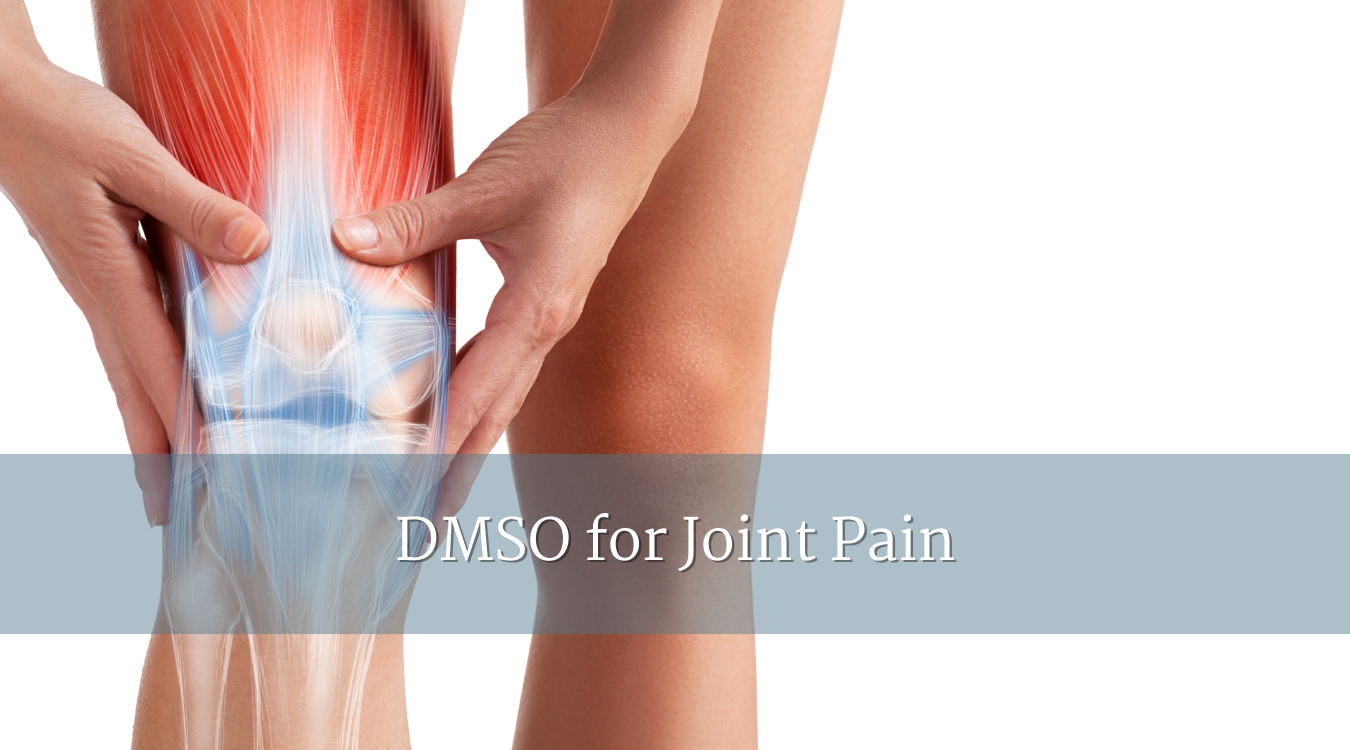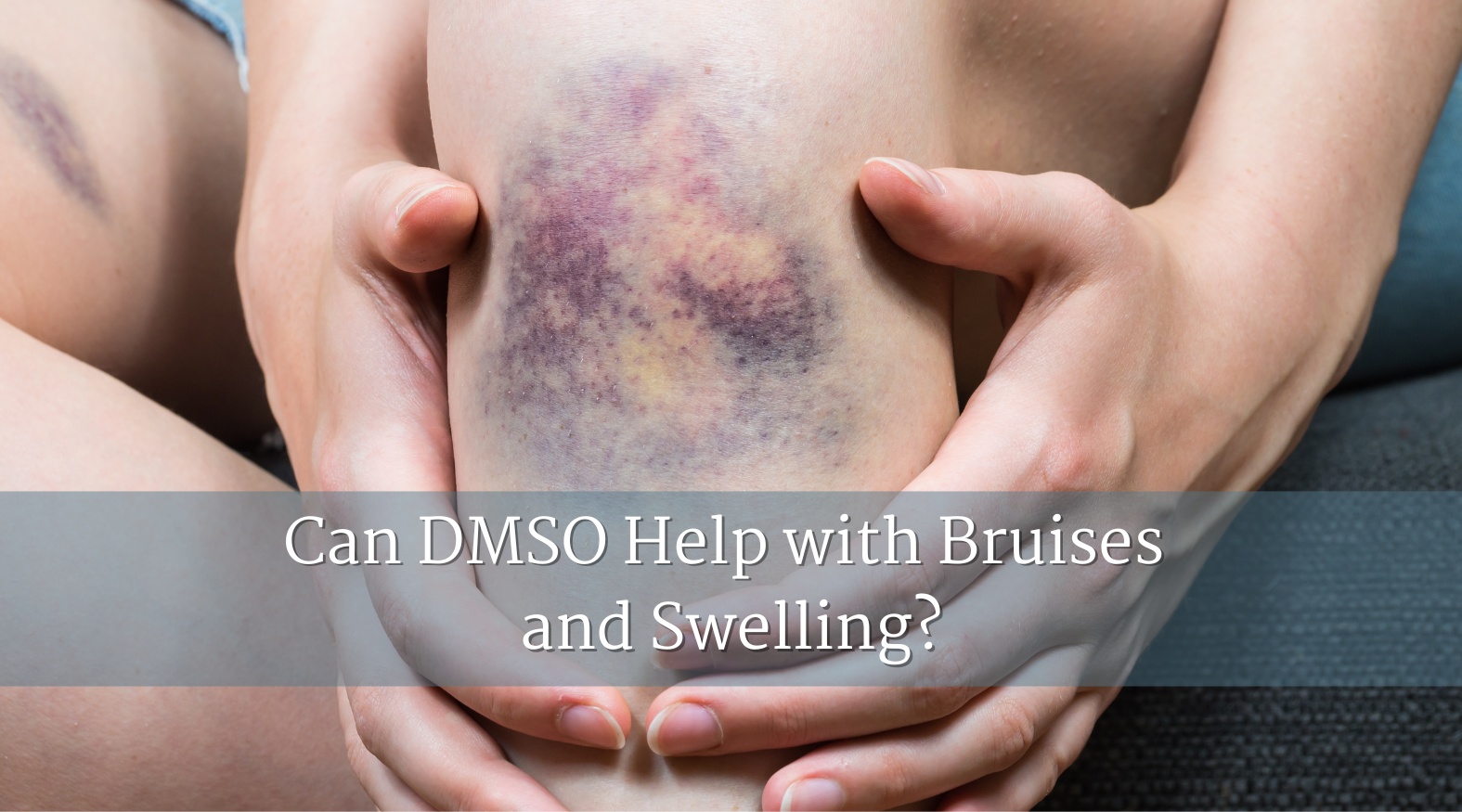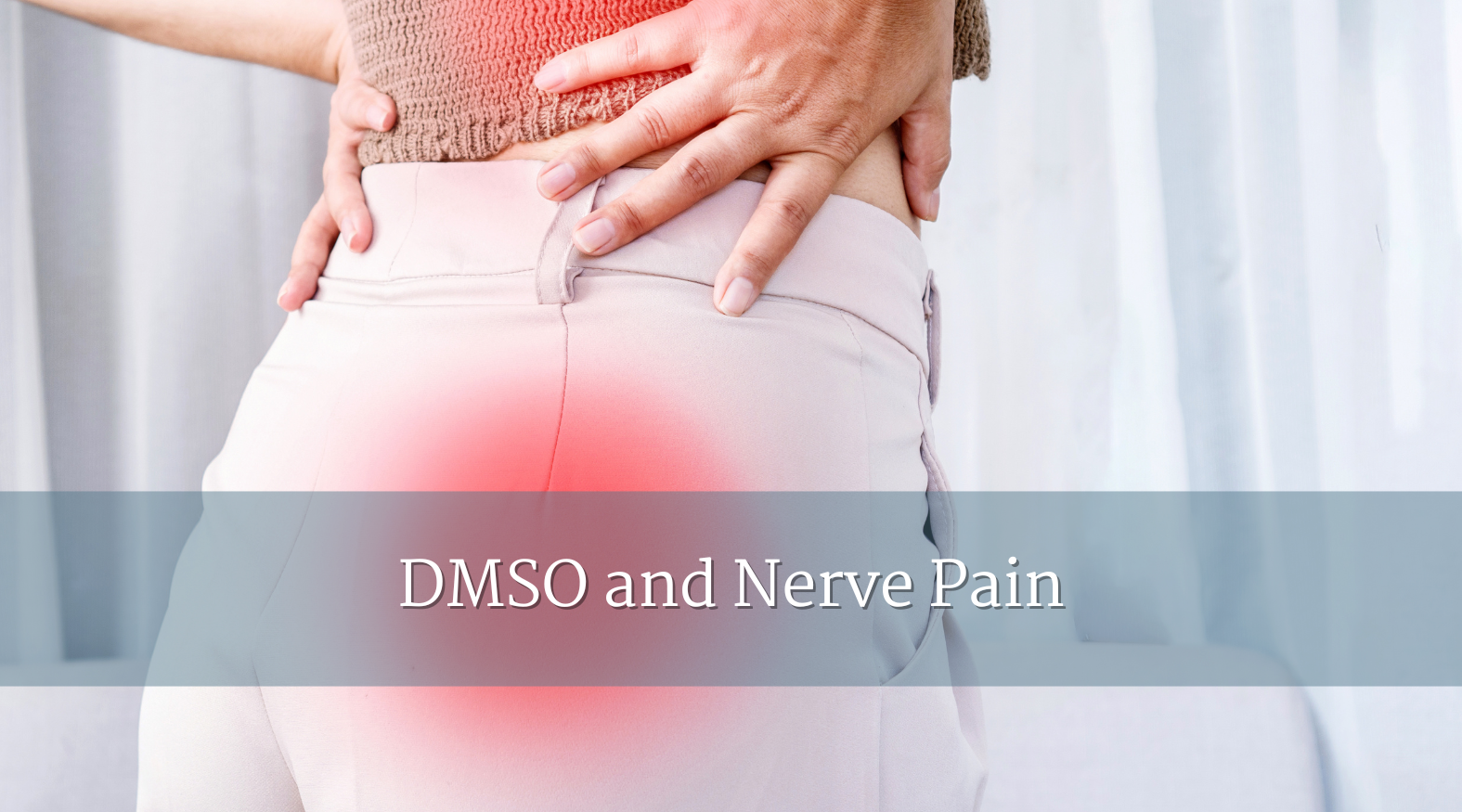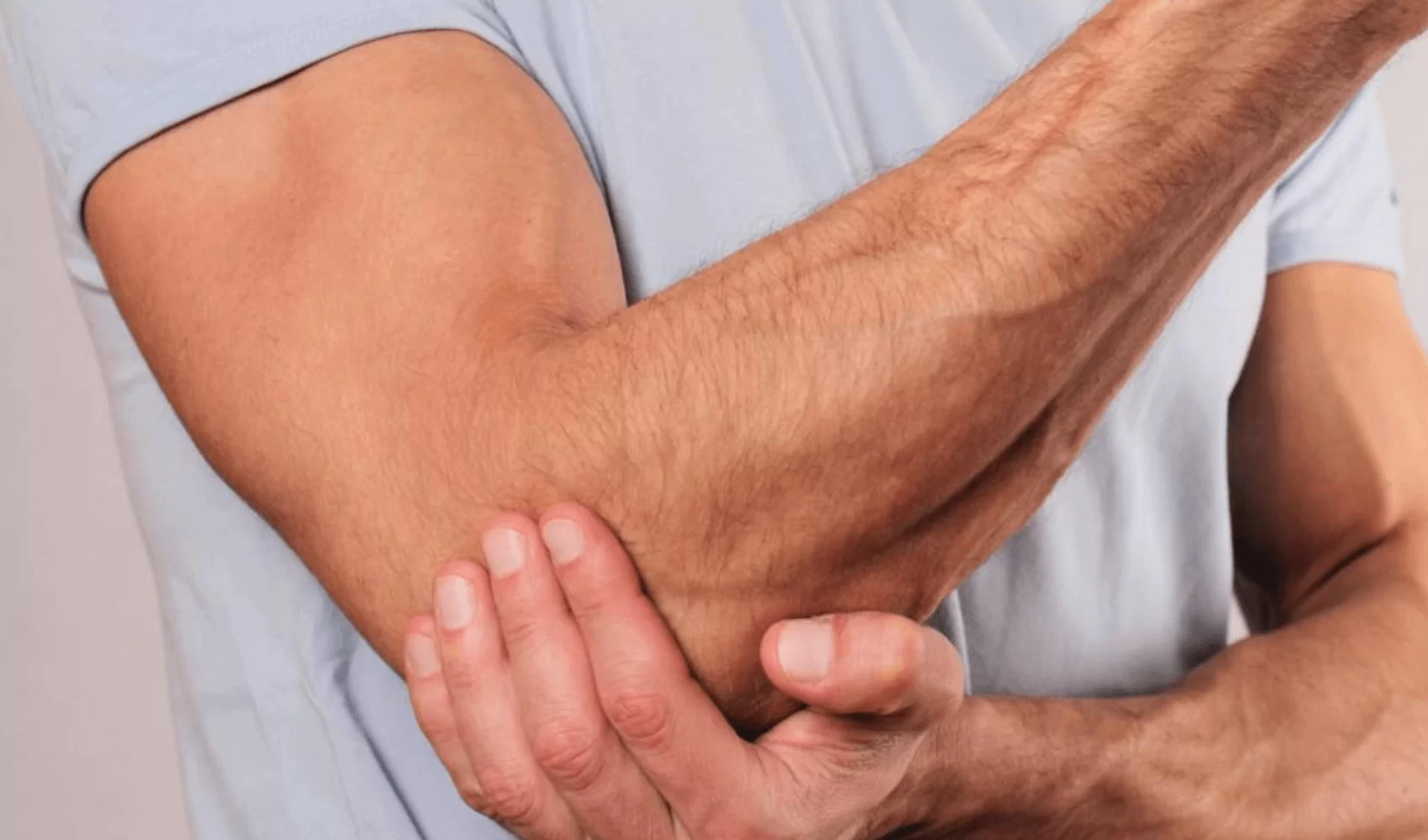
DMSO for Joint Pain: Can Topical Use Really Help?
Joint pain is one of the most common complaints I hear from clients. Whether it’s stiff knees in the morning, aching fingers after typing all day, or soreness from exercise, joint discomfort can make even simple tasks feel like a challenge. Many people rely on painkillers or anti-inflammatory drugs, but these often come with side effects or only short-term relief.
That’s why more people are turning toward natural options like DMSO (dimethyl sulfoxide). Known for its ability to penetrate deeply into tissues, DMSO has been explored for its potential to ease pain, reduce inflammation, and support healing. But can it really help with joint pain?
🔬 The Science: Why DMSO May Help Joints
DMSO stands out because of its unique properties:
-
Deep tissue penetration: Unlike many topical creams, DMSO actually passes through the skin barrier, reaching muscles, ligaments, and joints beneath.
-
Anti-inflammatory action: It calms the chemical messengers (cytokines) that fuel inflammation in arthritis and joint injuries.
-
Pain relief: Some studies show DMSO interacts with nerve pathways, reducing pain signals.
-
Antioxidant effects: By neutralizing free radicals, DMSO may protect tissues from further damage.
Clinical studies have reported benefits in conditions like arthritis, where topical DMSO reduced pain and improved mobility. While more large-scale trials are needed, the combination of anti-inflammatory and analgesic actions makes it a promising support option.
🌿 A Holistic Perspective: TCM and Joint Health
In Traditional Chinese Medicine (TCM), joint pain is often described as a problem of Qi and Blood stagnation or “wind-damp obstruction.” This means circulation is blocked, leading to stiffness, pain, and swelling — especially when aggravated by cold or damp weather.
Treatments in TCM include:
-
Acupuncture and cupping to restore flow and ease tension.
-
Warming herbs like ginger or cinnamon to dispel cold and improve circulation.
-
External liniments (herbal rubs) to move stagnation and relieve pain.
From this lens, DMSO behaves like a modern herbal liniment: it penetrates quickly, improves circulation, and reduces stagnation in the joint. When paired with herbal oils or essential oils (applied cautiously and diluted), it could harmonize East and West in a truly holistic approach.
🧴 How People Use DMSO for Joint Pain
Here’s how people typically experiment with DMSO:
-
Dilution: Most use a 70% DMSO solution mixed with aloe vera gel or distilled water.
-
Topical application: Applied to sore joints (knees, elbows, fingers) once or twice daily.
-
Combinations: Some mix with natural anti-inflammatory agents like MSM, arnica, or essential oils (lavender, peppermint) — but always with care, since DMSO carries substances deep into tissue.
💡 Tip: Always test a small amount first, as sensitive skin can react with redness or dryness.
⚠️ Safety Considerations
-
Use only pharmaceutical-grade DMSO. Industrial versions may contain impurities unsafe for human use.
-
Avoid applying to broken skin or mucous membranes.
-
Do not combine with unknown or unsafe substances, since DMSO enhances absorption.
-
Expect a temporary garlic-like odor — harmless, but noticeable.
✨ The Bigger Picture
Imagine waking up with less stiffness in your knees, or finishing a day of work without aching hands. While DMSO isn’t a miracle cure, it may be a helpful addition to a natural joint care plan.
Pairing DMSO with lifestyle strategies — such as anti-inflammatory foods (fatty fish, turmeric, leafy greens), gentle mobility work, and good sleep — creates the best environment for joint healing and resilience.




 Can DMSO Help with Bruises and Swelling?
Can DMSO Help with Bruises and Swelling?
 DMSO and Nerve Pain: What the Research Shows
DMSO and Nerve Pain: What the Research Shows














.webp)